Adjective clauses are word groups that help express more about a noun. These words always begin with the following words: such as who, which, or that. They are used to provide more details about people, places, things, or ideas. We can use these words to make sentences more interesting. Learning about these word groups is like learning a skill that can make talking and writing more easy. So, when we want to add more information to our nouns and make our sentences more exciting, we can use adjective clause.
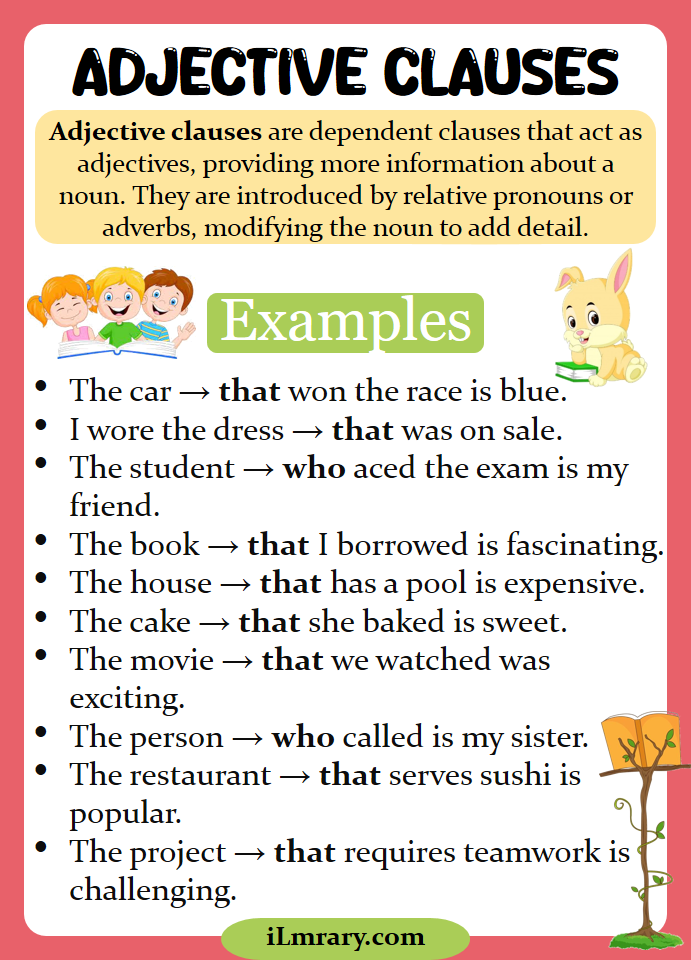
Adjective Clauses Definition Formation and Usage with Examples
What is Adjective Clause?
An adjective clause, also known as a relative clause, functions as an adjective within a sentence. It gives extra information about a noun, typically coming right after the noun it modifies. Relative pronouns (like who, whom, whose, which, or that) or relative adverbs (such as where, when, or why) introduce adjective clauses. For Examples..
- The woman who is speaking is my sister.
- I enjoy movies with interesting plots.
- This city is where I was born.
- We still don’t know the reason why she resigned.
In each instance, the adjective clause provides supplementary information about the noun it modifies, aiding in a more precise identification or description.
Usage of Adjective Clauses:
- Identifying Information
- Describing Nouns
- Possession
- Defining or Non-defining
- Referring to Things
- Referring to People
Identifying Information:
Identifying information in adjective clauses serves to pinpoint or specify a particular noun in a sentence. This type of clause, introduced by relative pronouns like “who,” “that,” or “which,” helps clarify the identity of the noun, providing essential details that distinguish it from others within the context of the sentence. For Examples..
- The person who is standing by the door is my sister.
- The book whose cover is torn needs to be replaced.
- The city that never sleeps is known for its vibrant nightlife.
Describing Nouns:
Describing Nouns, through the use of adjective clauses, enriches sentences by providing additional information about a noun. This type of clause adds detail, characteristics, or qualities to the noun it modifies. It allows for a more vivid and specific expression, enhancing the overall clarity and depth of the written or spoken language. For Examples..
- I like movies that are set in fantasy worlds.
- The girl whose hair is dyed blue is my best friend.
- The restaurant that serves spicy food is my favorite.
Possession:
Possession in adjective clauses indicates ownership or association. Introduced by relative pronouns like “whose,” it specifies the relationship between a noun and its possessor. This construction imparts crucial details about the possession of an entity, enhancing clarity and depth in communication within a concise and structured framework. For Examples..
- This is the cat whose tail got stuck in the door.
- The company that owns the building is expanding.
- The artist whose paintings are on display is famous.
Defining or Non-defining:
Defining:
A defining relative clause is an essential part of a sentence that provides the necessary information to identify the noun it modifies. It restricts or defines the noun by specifying essential characteristics. Omitting the clause can lead to a loss of clarity or ambiguity in understanding the intended referent. For Examples..
- The person who won the competition is my cousin.
- The book that you recommended is intriguing.
- The project which is due tomorrow requires extra attention.
Non-defining:
A non-defining or non-essential adjective clause adds extra information to a sentence but is not crucial for identifying the noun it modifies. It is set off by commas. This additional detail provides context or description but can be removed without altering the fundamental meaning of the sentence. For Examples..
- My car, which is parked outside, needs a wash.
- My friend Tom, who is a chef, cooked dinner for us.
- My sister, who is a doctor, lives in London.
Referring to Things:
Referring to Things: When using an adjective clause to refer to things, it provides additional details about a specific object or item. It introduces essential information related to the noun, such as its characteristics, origin, or condition. This type of clause helps to distinguish or identify the particular thing being discussed. For Examples..
- The house that we visited yesterday is for sale.
- The movie which I watched last night was disappointing.
- The phone that I lost has important contacts saved.
Referring to People:
Referring to People: This usage of adjective clauses involves providing additional information about a person. The relative pronouns “who,” “whom,” or “whose” are employed to specify details related to an individual, such as their profession, characteristics, or relationships. These clauses enhance the description of people within a sentence. For Examples..
- The professor who teaches chemistry is highly respected.
- The musician whose songs are popular is performing tonight.
- The doctor that treated my illness was very kind.
Adjective Clause Examples:
- The cat that sleeps is mine.
- I met a person who speaks French.
- The car whose color caught my eye is for sale.
- This is the cafe, where I get my coffee.
- The book that captivated me is here.
- The student whom I mentioned excels.
- Know the girl who won?
- The house where they lived is empty.
- The movie, whose end surprised me, is good.
- He’s the chef whose food wows.
You May also like this
- Adjective Phrases in English
- Possessive Adjectives in Grammar
- Comparison of Adjective in English


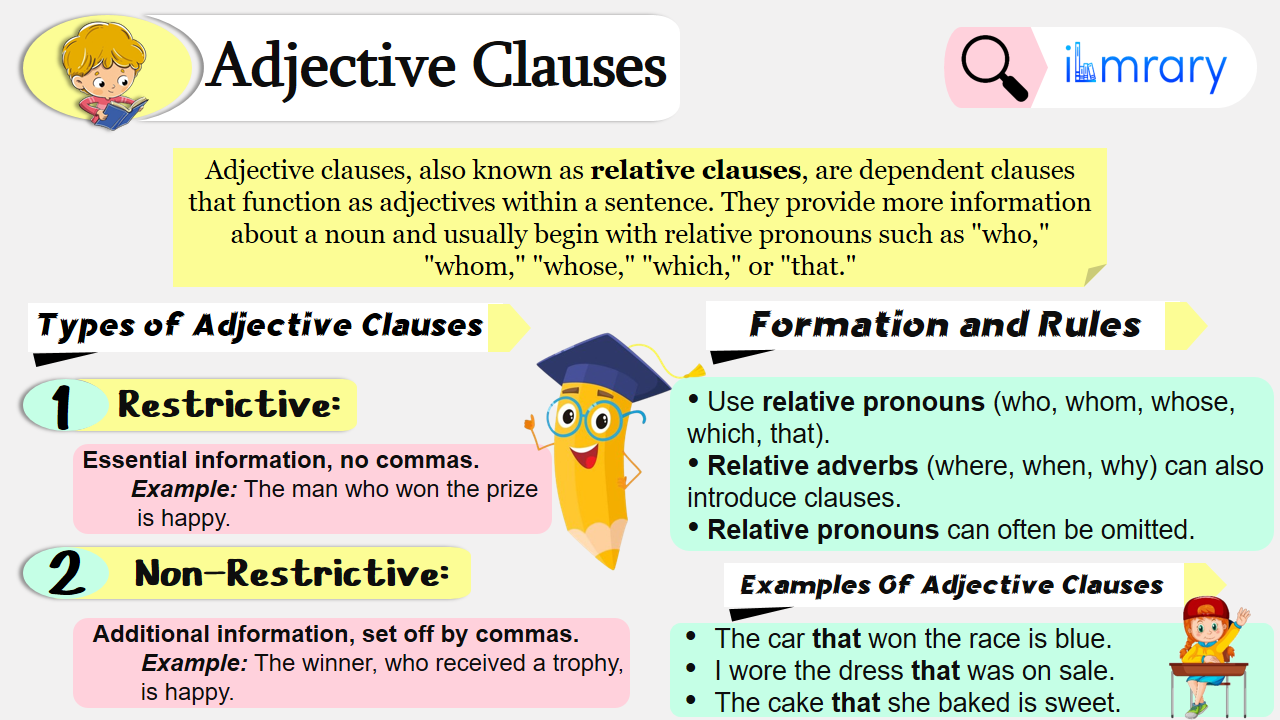
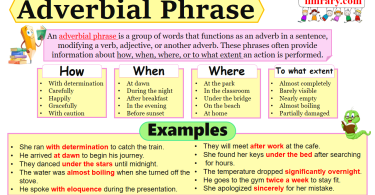
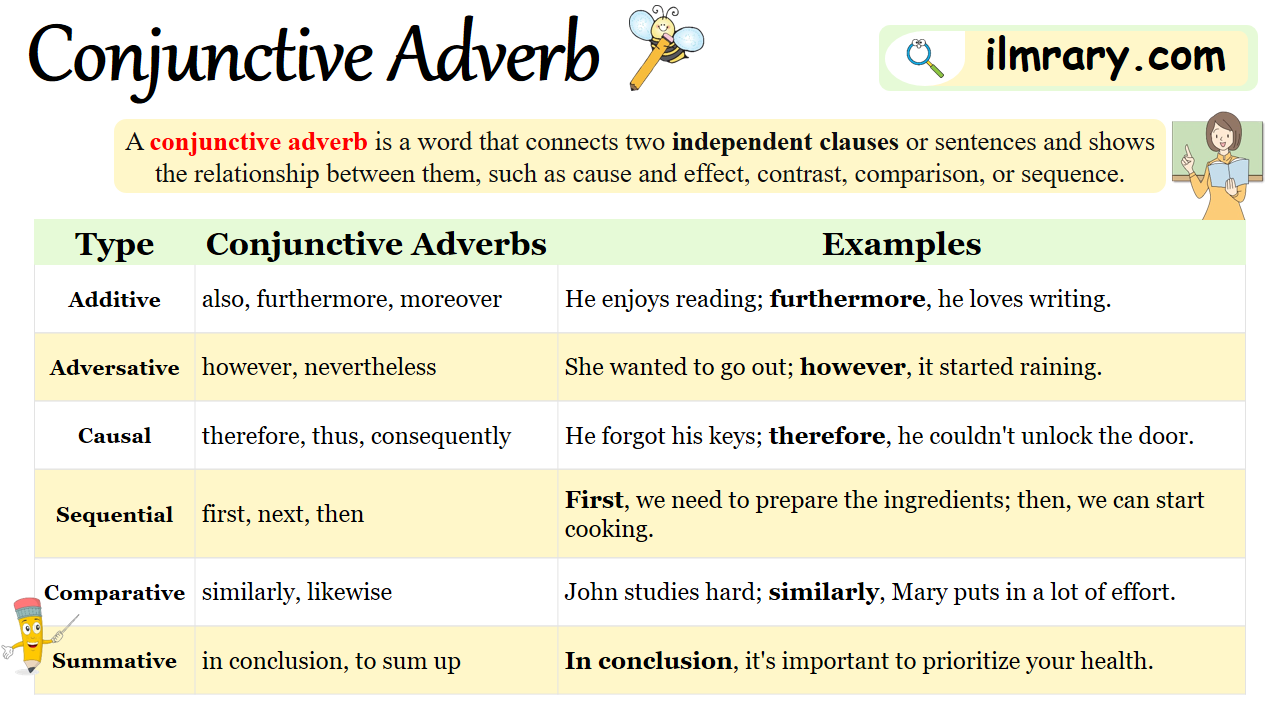
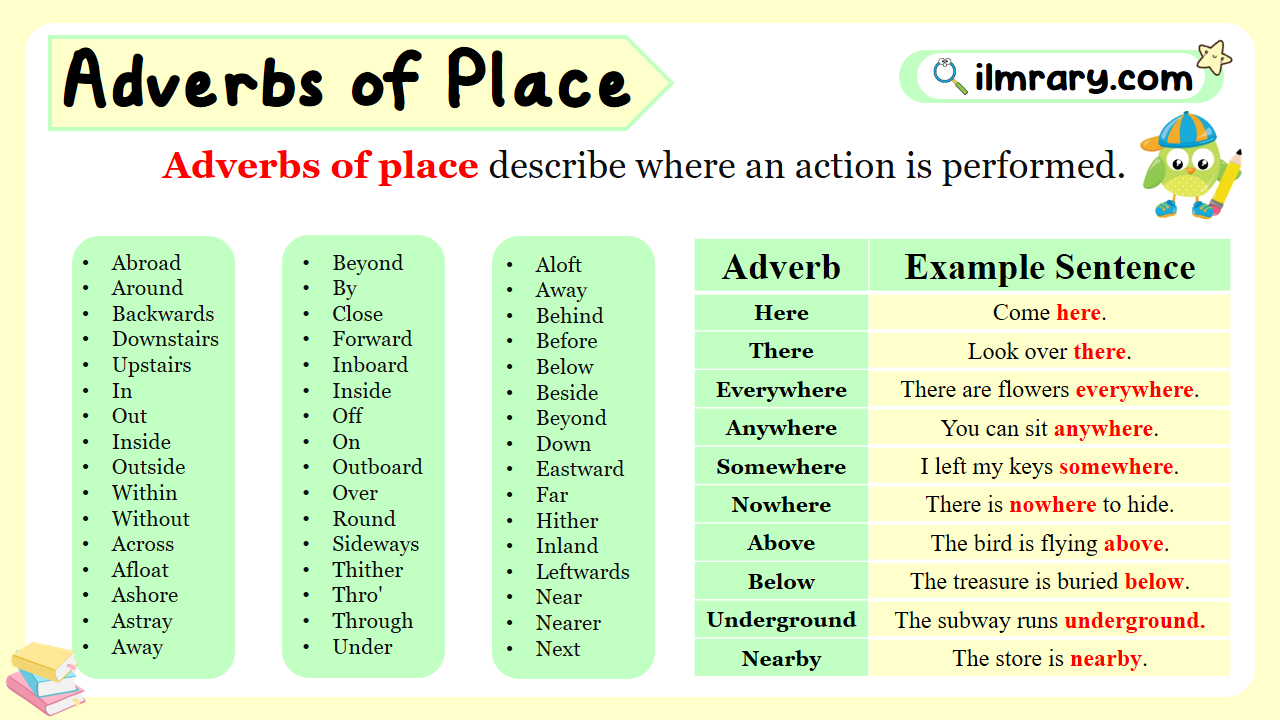
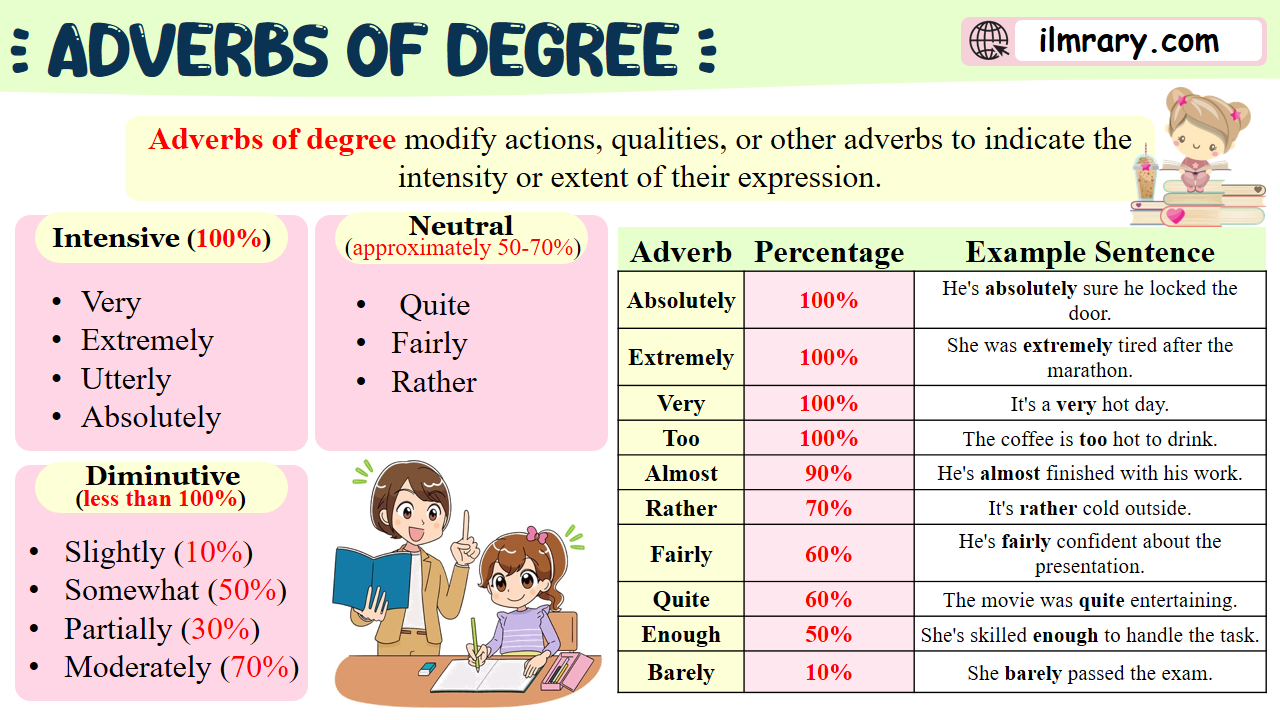
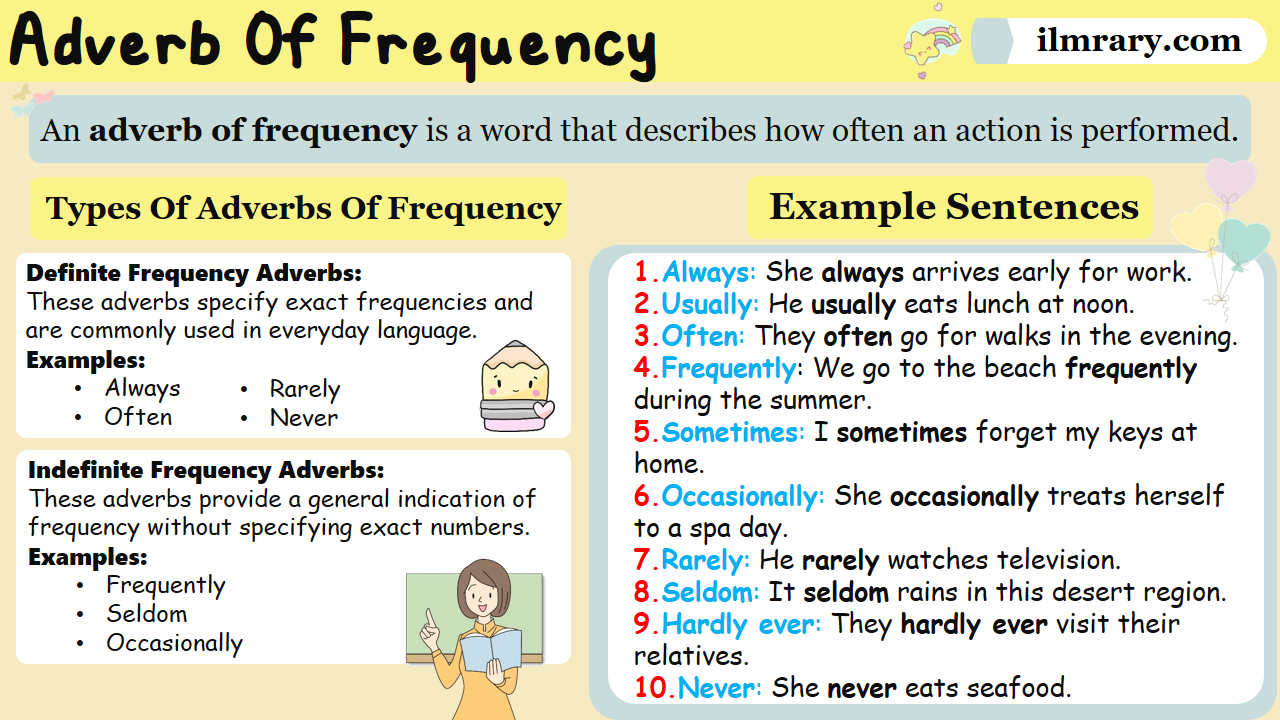
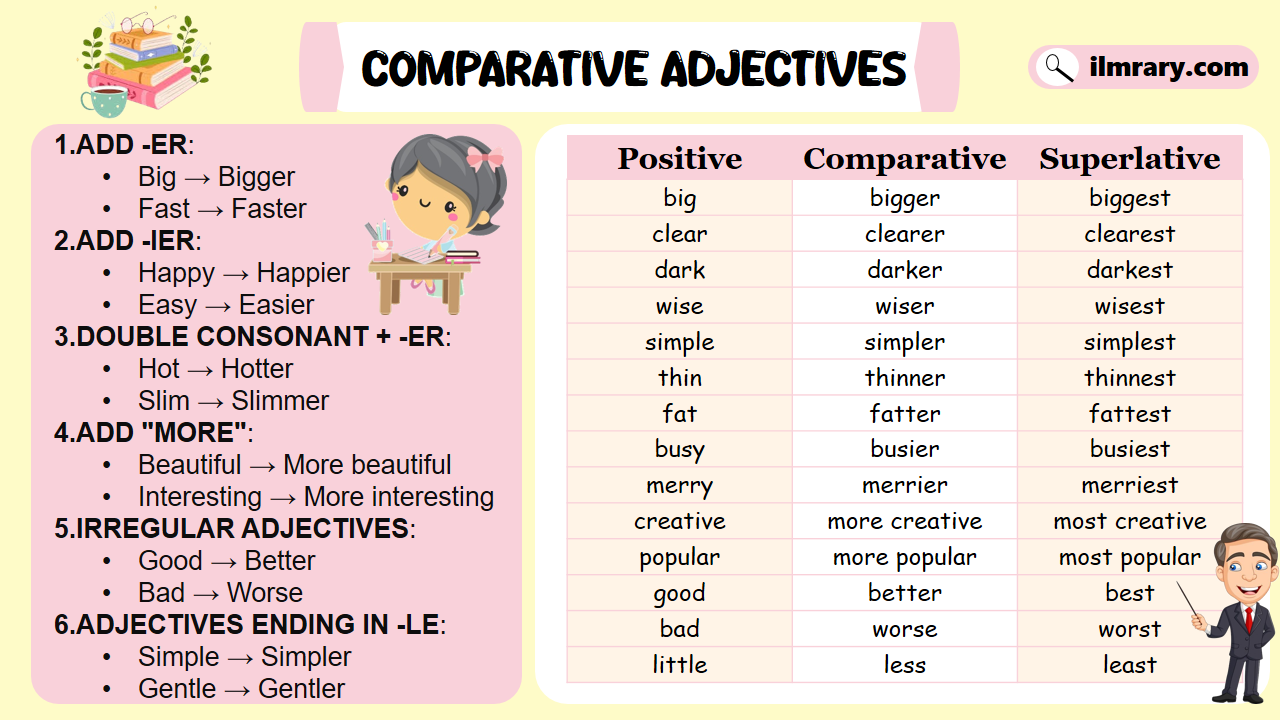
Leave a Comment